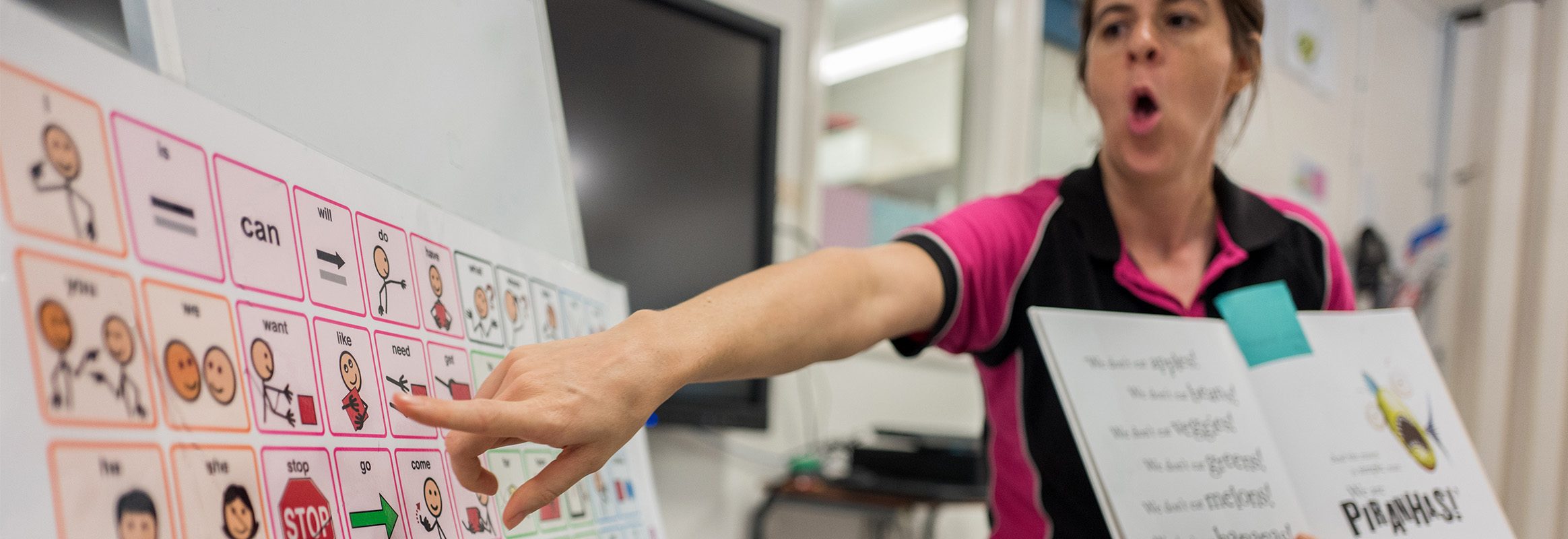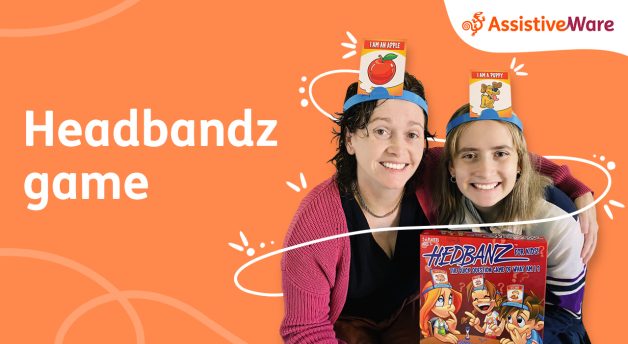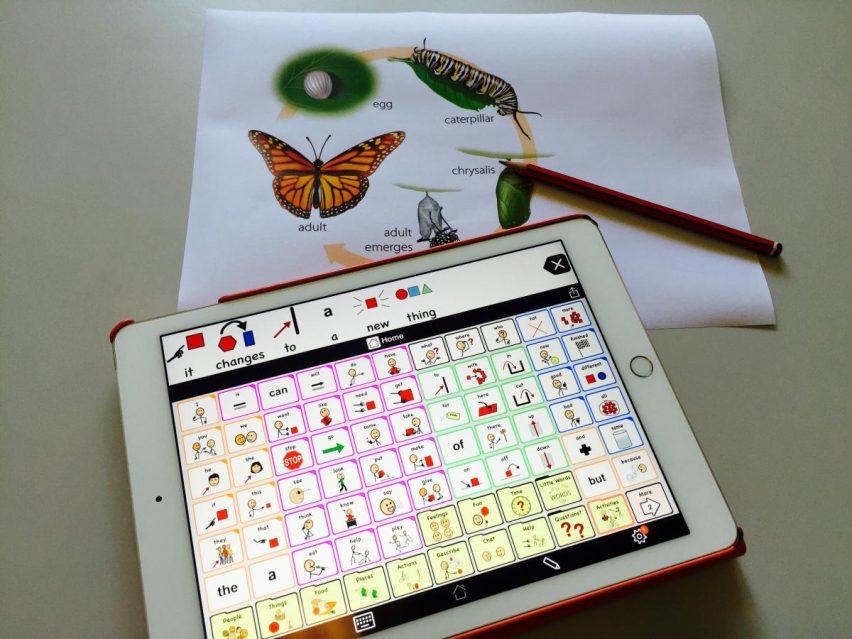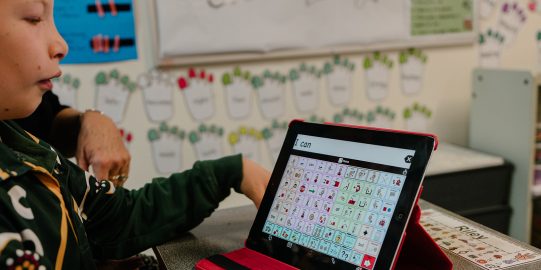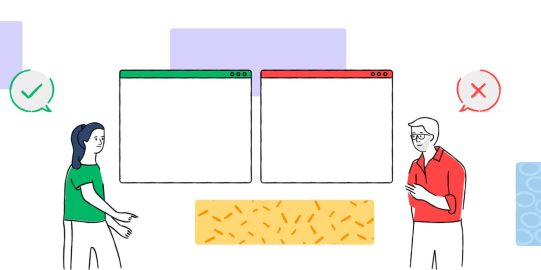Core words are an essential part of any balanced Augmentative and Alternative Communication (AAC) system.
What are these core words? Why should we use them? And most importantly, what are some practical tools and strategies that can help us implement a core word approach?
What are core words?
While spoken language has at least 250,000 words, a list of only 200 words accounts for about 80% of the words you use every day! These words are called “core words”.
Core words are usually:
- verbs (“go”, “come”),
- adjectives (“good”, “little”),
- prepositions (“to”, “on”),
- pronouns (“you”, “that”),
- articles (“the”, “a”), and
- conjunctions (“and”, “but”).
Only about 10% of the first 200 core words are nouns, and these nouns are very general (“girl”, “house”) rather than specific (“porcupine”, “celery”).
AAC learners need quick access to these core words. It gives them a powerful and flexible tool to communicate whatever they want to say.
Some AAC learners rely on preprogrammed sentences or phrases such as “I want” and “I see”. With core words, they can choose from a small set of words to create their own sentences. Then they can express ideas, and even work on grammar.
Some AAC learners only have the chance to make choices from photos of objects. With core words, they can learn to communicate for a wide variety of reasons.
Some AAC learners are given new curriculum words for each new lesson. With core words, they can build their language skills by using flexible words to answer questions about any topic.
Don’t forget fringe words and the alphabet!
Core words are essential, it does not mean that we do not provide other important vocabulary. Core words should be within an AAC system alongside “fringe” words.
Fringe words are very specific words. They have a more narrow meaning than core words. They describe particular things.
Fringe words are usually:
- nouns, and
- more specific verbs (“leap”, “dice”), and
- more specific adjectives (“elegant”, “delicious”)
Each individual fringe word is not used as often as a core word, so AAC systems are usually arranged with the core words on the first, or “home” page, and fringe words are located in other folders.
All fringe words are not equally important for every person. Everyone has certain subjects that they really love to talk about. The important things in our lives: favorite people, places, and thing. These words are different for each person. These personal fringe words need to be added to the AAC. We want to make sure these words are available and easily to reach in the fringe folders.
Also, all AAC systems should have access to a keyboard. This allow an AAC learner to start scribbling/writing with a keyboard as soon as possible. They can do this even if they haven't learnt to read and spell.
Core words, with easy access to fringe words and a keyboard, make up a balanced AAC system. This allows for powerful and independent communication for AAC learners.
4 challenges to teaching core words
For many years we have taught AAC users to make choices or name objects, so as an AAC community teaching the “fringe”/noun words seems to come easily.
Many people find core words harder to teach. These are our challenges:
- Core words are more abstract, and less “picturable”;
- Many core words have multiple meanings;
- When starting with a core word board, people may seem overwhelmed with all the words on one page;
- Choosing a place to start teaching core words can feel complicated.
So where do we start? The answer actually turns out to be simple - we teach core words by using them on the AAC system while we talk.
Modeling core words
Core words can be taught in the same way as any words on the AAC system. We model core words as often as we can in everyday situations. When modeling, we point to core words on our AAC system as we talk with AAC users.
Watch Amanda and Abby model core words on quick communication boards in poster.
